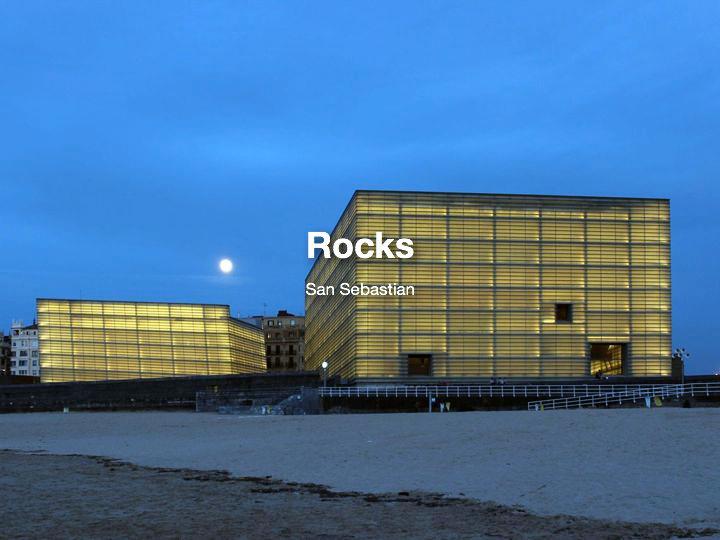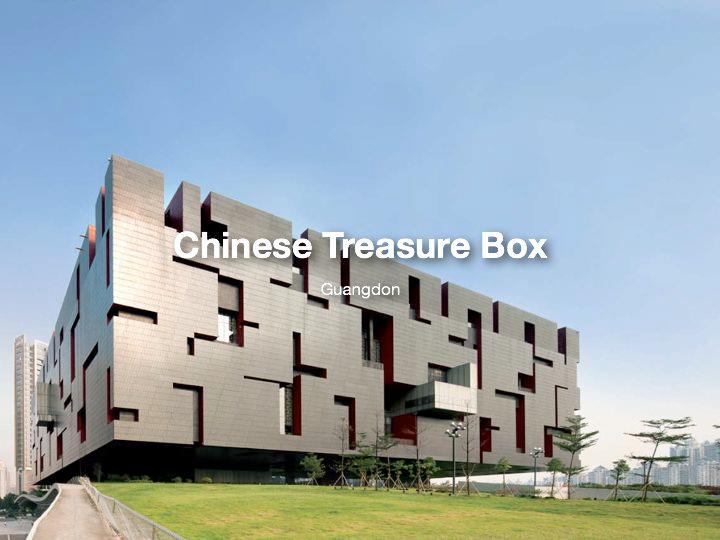Metaphors are accepted as a way to communicate concepts of architectural solutions. Under the best circumstances, works created by the skillful are able to permeate the metaphor throughout the building in different extents and degrees. However, even the most critically acclaimed projects, whether in the case of the Stranded Rocks coined by Rafael Moneo's cultural center in the city of San Sebastian or the Chinese Treasure Box describing Rocco Yim's Guangzhou Museum in China, however appropriate and symbolic it might be, the metaphor itself and its relationship to the built form is almost always incidental and circumstantial.
When unfolding through its rationale, there is nothing absolute about the connectedness in the design of Moneo's Stranded Rocks to either the programming of a performance venue or with the genius loci of of San Sebastian. Neither does Yim’s museum of art or the city of Guangzhou have an exclusive relationship with the so called Chinese Treasure Box that makes its linkage inseparable. In both projects, the use of metaphor are the results of circumstantial conditions of site, program and time. What makes these projects relevant or notable lies not so much in its “appropriate” selection of the metaphor but in its rigorous translation, development and execution of the metaphor.
Based on this theorized position, a pedagogical experiment was developed to explore the metaphor as an origin of architectural pursuit. Each project were given a metaphoric concept in the form of an object from nature that one can hold in its hand. The validity in the use of metaphor itself is not being questioned, instead are explicitly accepted as a starting point of a design. The experimental framework intends to minimize the significance and reliance on finding a “brilliant concept”, rather it places emphasis on building a process of analytical thinking and making that is critically transformed from the natural object. The project contains three interrelated phases: moving from Materiality to Concept, towards Analysis to Interpretation and finally arrived at Abstraction to Projection. This paper intends to articulate the path of resistance with this working method and the surprised findings encountered during the design process.

